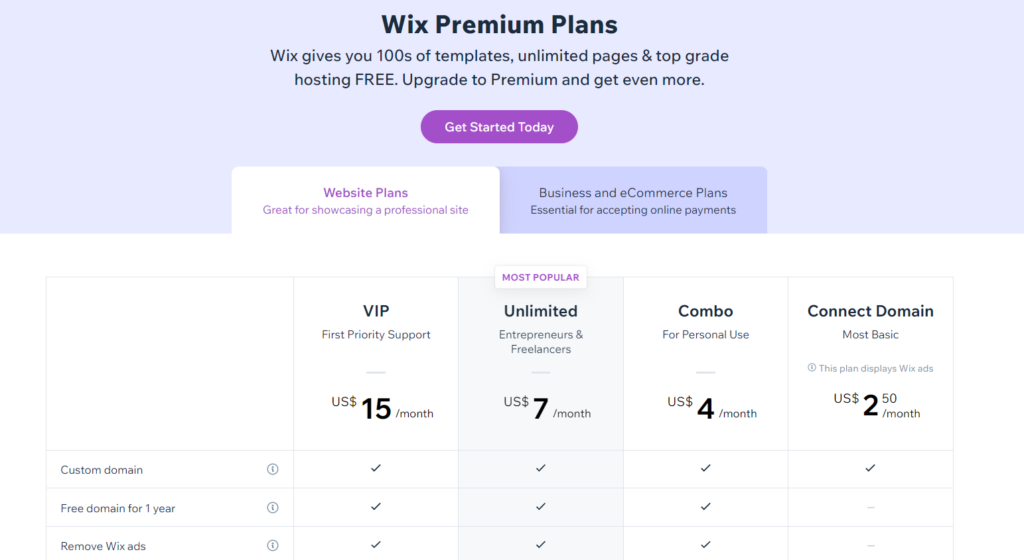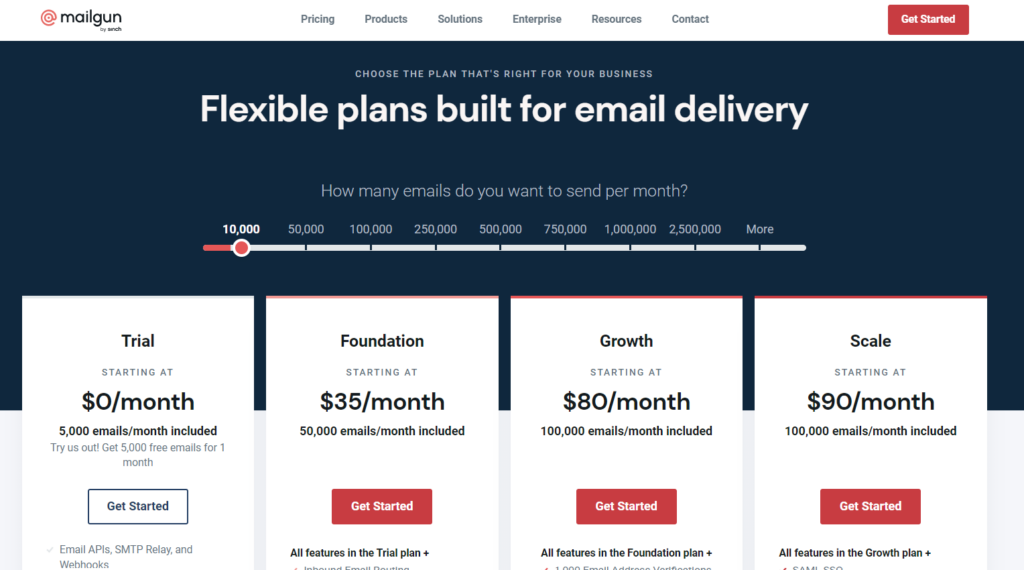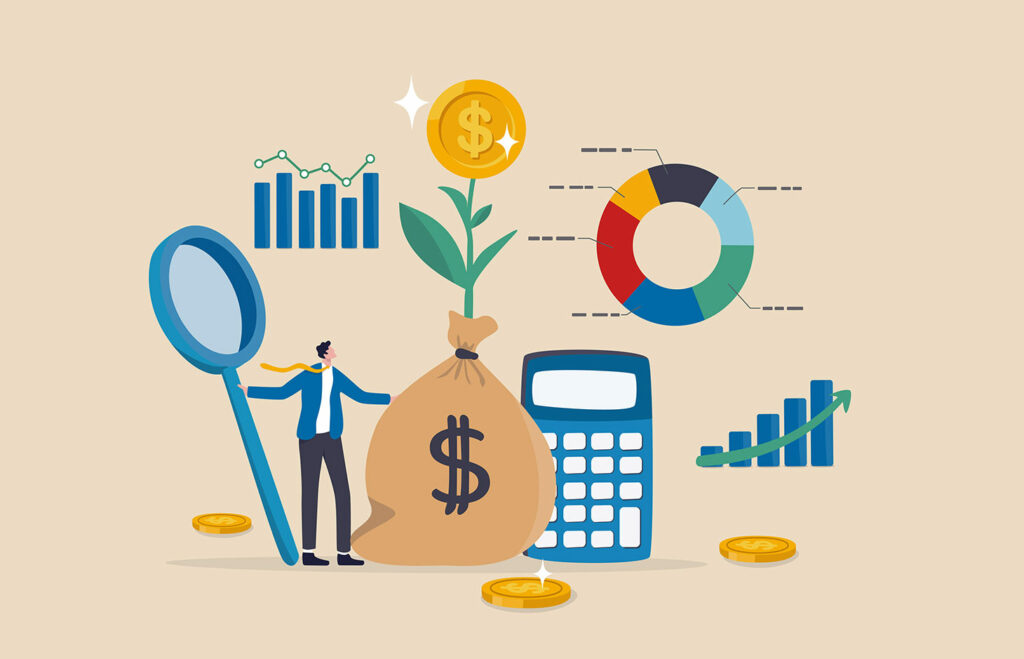Few things impact your business’s revenue more than the way you price your product and the way you collect that money from your customers.
AKA your pricing strategy and your billing model.
In times of economic uncertainty, optimizing your revenue engine becomes more important than ever. And that means you need to be on top of both your billing and your pricing.
Let’s take a look at the intricacies of billing models vs. pricing models and explore the most popular approaches to each for a SaaS business.
What is the difference between billing & pricing for SaaS businesses?
Billing models and pricing strategies are so closely intertwined that the terms are sometimes used interchangeably. However, each should be considered and optimized separately so they can work together in an ideal way.
Your billing model determines how you charge for your product, while your pricing strategy dictates how much you charge.
Believe it or not, SaaS businesses are known to consistently let revenue fall through the cracks because they don’t revisit their approaches often enough.
“Our findings indicate that SaaS companies are achieving less than half the revenue impact that could be achieved by applying pricing best practices,” consultancy firm Blue Ridge Partners shared in a write-up about a B2B SaaS pricing survey it ran in 2022. “Best-practice potential averages 15% or more revenue growth, meaning that even recent price increases are leaving tens of millions in revenue and far more valuation upside on the table.”
Many SaaS billing challenges are the result of a billing system that can’t handle the more complex models out there. So, the business is forced to stick with a simple model that may not be helpful for maximizing revenue potential.
Nailing the right combination of billing and pricing—and having the right tech to accommodate it—is imperative for sustaining a healthy cash flow.
4 popular billing models
Let’s start with how you charge customers. Buckle up, because this can get complicated.
1. Fixed recurring billing
Perhaps the most straightforward way to approach the SaaS billing process, fixed recurring billing involves charging your customers a fixed rate at regular intervals.

Popular website builder Wix uses a fixed recurring billing schedule for its premium plans, charging users $15/month for a subscription to its VIP plan.
Fixed recurring billing provides the stable, continuous revenue your business’s stakeholders look for. It’s a great option for businesses offering products that don’t incur a change in production or upkeep costs as customer usage fluctuates.
2. Usage-based billing
Usage-based billing is having a moment in SaaS. A study by VC firm OpenView Partners published in late 2021 revealed that 45% of SaaS businesses had implemented some form of usage-based billing, up from 34% the year prior.
Email marketing software platforms like Mailgun have been using this SaaS billing model for years, charging customers based on variables such as the number of emails sent monthly or the number of contacts in their database.

This model is attractive to businesses because it allows them to better align costs with revenue, as they only charge for the resources that are actually used. Customers also like this model as they can pay for only what they actually use—if your customer base is mainly small businesses, they may appreciate this billing model.
Unsurprisingly, though, the downside of usage-based billing is that it takes the idea of “stability” out of the equation, on both the business’s and the customer’s end. Customers may have a harder time predicting their monthly costs, while businesses may unexpectedly find themselves bringing in lower-than-anticipated revenues if usage suddenly drops.
3. One-time billing
Common in the days before the software as a service model was popular, one-time billing in B2B SaaS has customers pay a single, upfront fee for lifetime access to the product. This software billing model fell out of fashion when business leaders realized a subscription-based business model could increase a company’s valuation by as much as 8X.
Nowadays, though, SaaS businesses most commonly issue one-time charges for one-off service charges like implementation fees or for purchases of complementary hardware or other physical goods.
4. Hybrid billing
Lastly, hybrid billing combines any of the above billing models. This model makes sense for businesses offering a wide variety of products and services.
HubSpot has a huge range of features and products that help businesses with their sales, marketing, and customer support. Let’s say a company called Software X was looking to get started on the “starter” version of HubSpot’s Marketing Hub. It could purchase:
- The basic “Starter” package at $45/month, with space for up to 1,000 marketing contacts. However, if Software X needed more contacts than that, the price would go up.
- An add-on to increase its API call volume between HubSpot and integrated tools for $500/month.
- A classroom-style course for its Marketing Manager to learn how to use the Marketing Hub product for a flat fee of $1000.
With these options, HubSpot takes advantage of flat recurring billing, usage-based billing, and one-time billing.
4 popular pricing strategy examples
And now, we’ve arrived at the question of determining how much to charge customers. Here are four popular approaches to deciding how to price your product.
1. Value-based pricing
As the name implies, this approach to pricing is based on the value your product provides to its users.
It typically involves researching and understanding the customer’s needs, their willingness to pay, and how much value your product can provide them. You’ll also be comparing your product to similar products in the market and determining a fair price based on the added value provided.
By using a value-based pricing strategy, a SaaS business can ensure the price of its product is reasonable for the customer, while also ensuring it can generate a profit.
2. Competitive pricing
Competitor-based pricing is where a business sets its prices based on the prices of its competitors.
This strategy allows SaaS businesses to stay competitive in the market and attract customers. That’s always good. However, it can also be detrimental as it may lead to price wars and a race to the bottom as competing products continuously try to undercut each other.
Businesses that rely too heavily on competitor-based pricing may also not be able to differentiate themselves from their competitors, which can make it difficult to justify higher prices.
So, while this pricing model certainly offers its pros, it’s best approached with some nuance.
3. Cost-plus pricing
Especially common for businesses selling physical products, the cost-plus pricing model has businesses add a markup to the cost of the product or service. This markup is usually a percentage of the cost and is used to cover overhead and generate profit.
Part of the reason it’s so popular is that it’s an easy formula to calculate and understand and ensures that a business will always be able to cover its costs and make a profit. The downside? Cost-plus pricing may not be effective in highly competitive markets where customers are sensitive to price.
4. Penetration pricing
And finally, we have the penetration pricing strategy: where a business sets its prices low to attract customers and gain market share. This strategy is often used when introducing a new product or service or entering a new market, with the goal of attracting customers quickly and establishing a strong foothold in the market.
While it often is effective initially, it may not be sustainable in the long term. This pricing strategy tends to result in lower profit margins, and it may be difficult to raise prices in the future without losing customers.
It’s important to note this pricing strategy should be used with caution. It should be supported by a clear understanding of the target market, the competition, and the value proposition of the product.
The key to success lies in your SaaS billing software
With your billing models and pricing strategies, finding success comes from having an agile fintech stack. A SaaS billing solution with a flexible catalog allows you to:
- customize pricing at the product, plan, and/or customer level,
- use discounts and coupons,
- handle virtually any billing model you can think of, and
- run pricing experiments and A/B test pricing and billing strategies on different cohorts of customers.
Many modern SaaS billing systems also function as a full-scale subscription management platform. That means that in addition to optimizing your pricing plans and billing processes, you can take advantage of additional features to:
- reduce the number of late and failed payments,
- automate ASC 606-compliant revenue recognition,
- prevent revenue leakage, and
- save on payment processing costs.
Gaining billing and pricing agility—not to mention everything else that comes with automated subscription management—is a game-changer when it comes to optimizing your revenue and cash flow.
Those tens of millions of dollars in revenue left on the table at the beginning of this article? Modern SaaS billing software could be the key to getting that into your business’s bank account.






